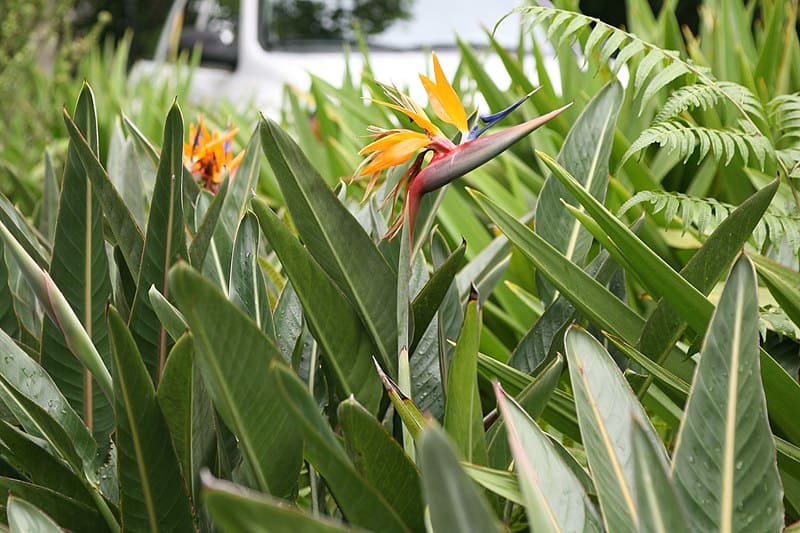Eastern Europe is a region rich in history, culture, and natural beauty, yet many of its most captivating destinations remain under the radar for travelers. While cities like Prague and Budapest often steal the spotlight, there are countless lesser-known gems waiting to be discovered. These unexplored cultural hotspots offer authentic experiences, from medieval towns steeped in tradition to breathtaking natural landscapes and vibrant artistic communities. In this article, we’ll take you on a journey through the top 15 hidden treasures of Eastern Europe, where you can immerse yourself in the local culture, history, and beauty, far from the typical tourist trails.
Lviv, Ukraine
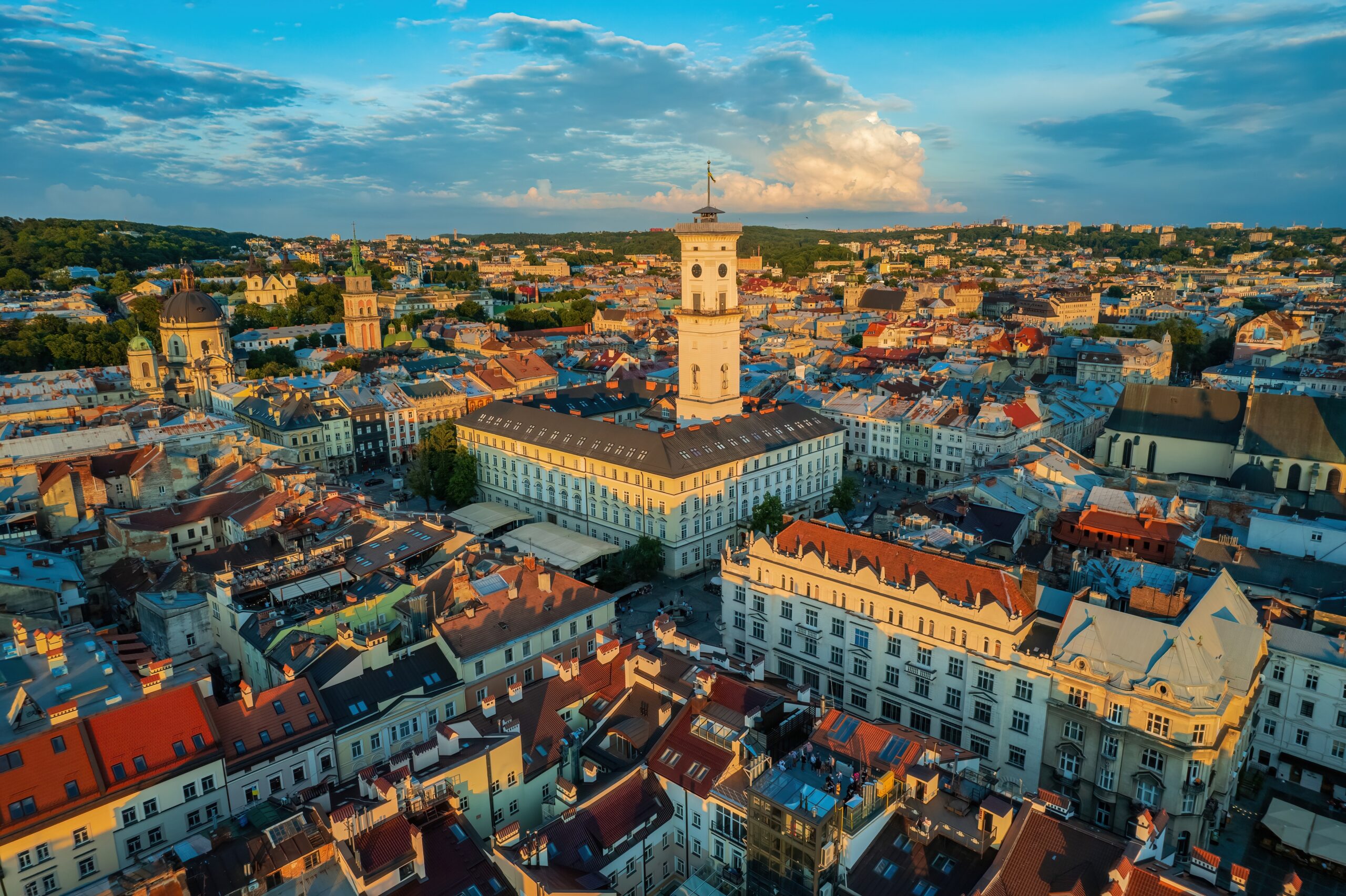
Lviv, often referred to as the cultural capital of Ukraine, offers an authentic, unspoiled travel experience that remains largely undiscovered by mass tourism. The city’s UNESCO-listed Old Town is a picturesque blend of medieval architecture, cobblestone streets, and vibrant, colorful facades that tell stories of a rich history. Lviv’s charm lies in its eclectic mix of Eastern European and Western influences, evident in its well-preserved Gothic, Renaissance, and Baroque buildings. The city is also a hub for the arts, with numerous galleries, theaters, and museums, such as the Lviv National Art Gallery and the Lviv National Opera. Festivals like the Lviv International Theater Festival and the Lviv International Literature Festival attract a creative crowd, adding to the city’s dynamic cultural scene. Furthermore, Lviv’s proximity to the Carpathian Mountains makes it an ideal base for exploring the region’s natural beauty, traditional crafts, and culinary traditions. This unique combination of culture, history, and nature makes Lviv a truly unexplored gem in Eastern Europe.
High Tatras Mountains, Slovakia
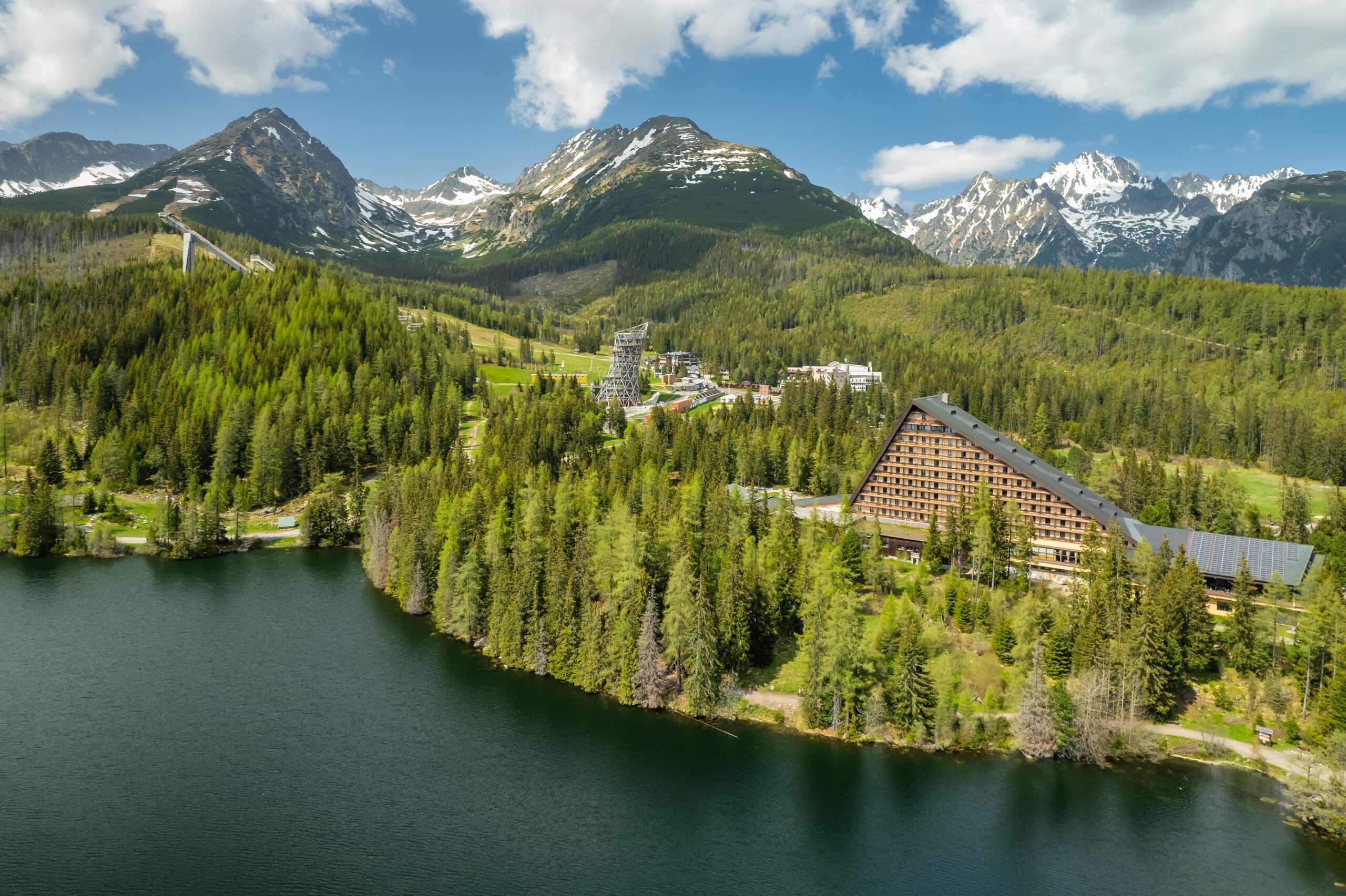
The High Tatras Mountains, straddling the border of Slovakia and Poland, are one of Eastern Europe’s most awe-inspiring natural landscapes, yet they remain relatively underexplored by international travelers. This region is home to the world’s smallest Alpine mountain range, but its dramatic peaks, crystal-clear lakes, and dense forests offer experiences as grand as those found in more famous mountain ranges. The area is a paradise for outdoor enthusiasts, with countless hiking trails, opportunities for wildlife spotting, and picturesque villages nestled among the mountains. The High Tatras are particularly known for their traditional Goral architecture, with brightly painted wooden houses and centuries-old churches built entirely of timber. Towns like Zdiar and Kezmarok are cultural hotspots where visitors can explore this unique architectural heritage. Additionally, the region is incredibly affordable, making it an attractive destination for travelers seeking a combination of natural beauty, cultural richness, and historical depth without the crowds found in more famous mountain destinations.
Sibiu, Romania
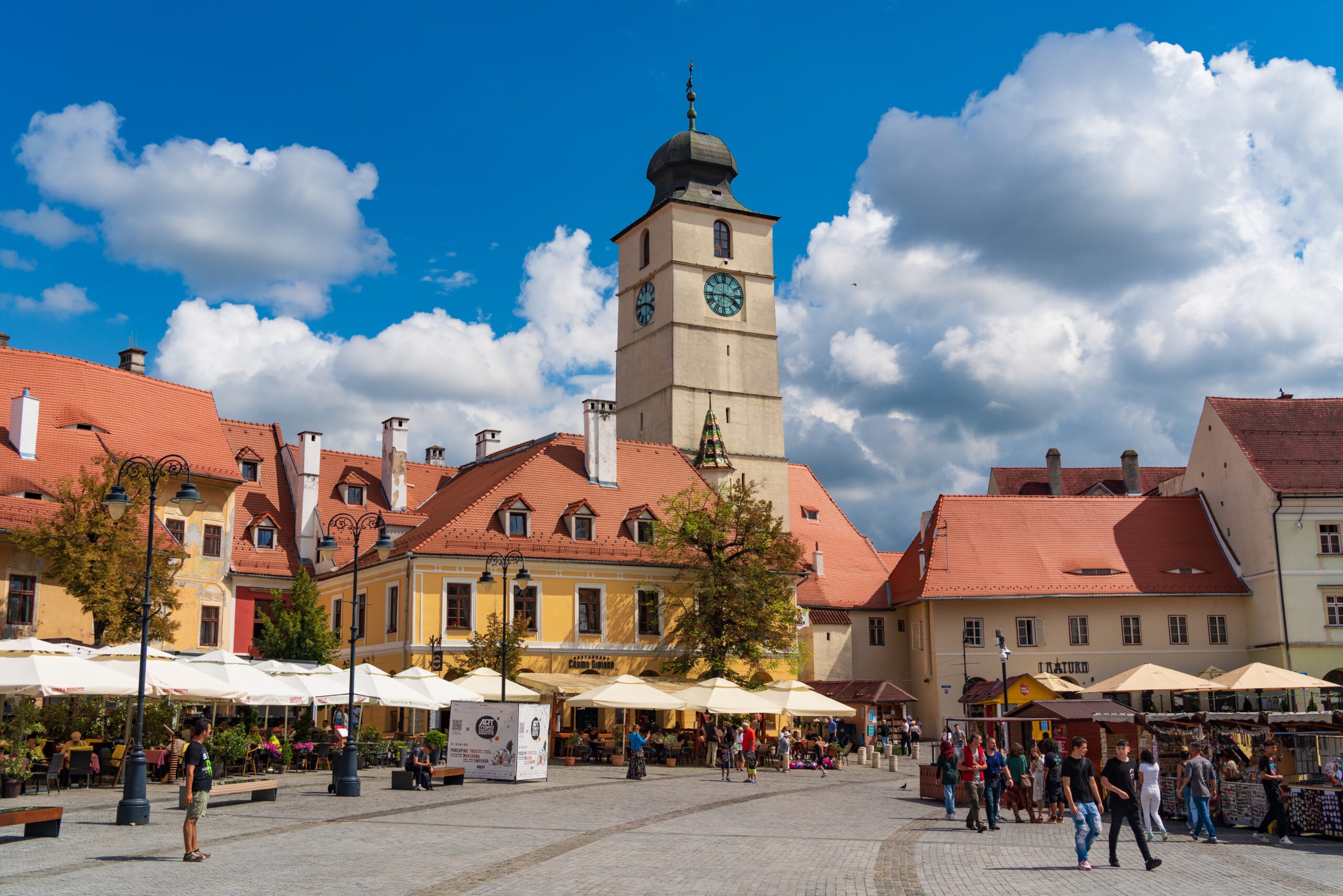
Sibiu, Romania, is a city steeped in history and culture, yet it remains one of Eastern Europe’s most underrated destinations. This medieval town, located in the heart of Transylvania, was once a bustling center of commerce and culture in the Habsburg Empire. Today, it offers a blend of historical charm and modern vibrancy. Sibiu’s Old Town is a labyrinth of narrow streets, colorful houses, and grand squares, such as the Piata Mare, which has been the city’s social and economic hub for centuries. The city is known for its distinctive “watchful houses,” whose small attic windows resemble eyes peering down at the streets below. Sibiu’s cultural scene is vibrant, with numerous festivals, including the famous Sibiu International Theatre Festival, which attracts artists and visitors from around the world. Just outside the city lies Bran Castle, often associated with the Dracula legend, adding an element of mystique to the region. Sibiu’s rich history, combined with its cultural offerings and proximity to some of Romania’s most stunning landscapes, makes it a must-visit unexplored gem.
Brasov, Romania
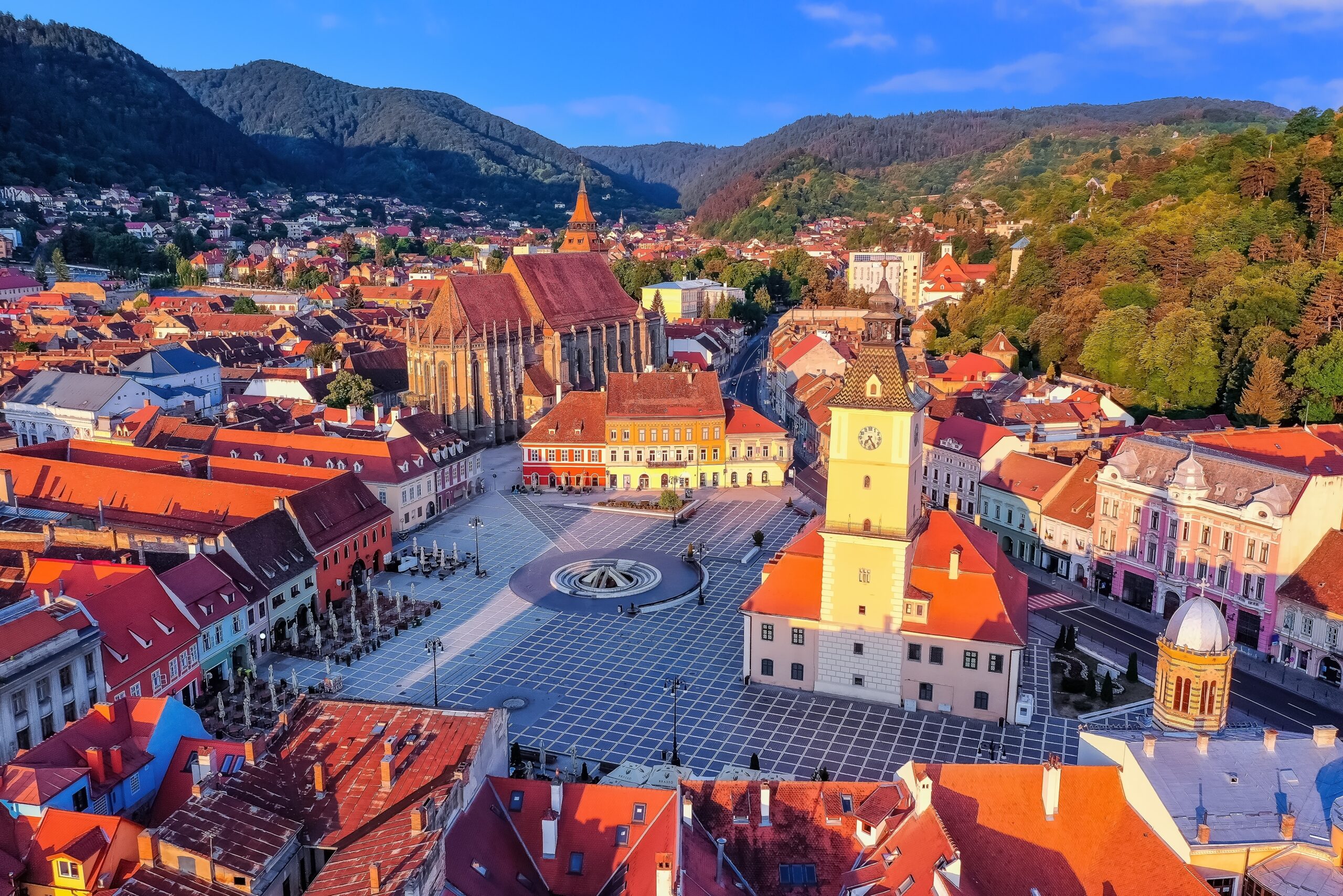
Nestled in the heart of the Carpathian Mountains, Brasov, Romania, is a city that offers a unique blend of medieval charm, natural beauty, and a vibrant cultural scene, yet it remains off the radar for many travelers. Brasov’s Old Town is a well-preserved medieval fortress with narrow, cobblestone streets, Gothic spires, and imposing watchtowers that harken back to a time when the city was a key trading post. The Black Church, the largest Gothic church in Romania, dominates the skyline and is a must-visit for its stunning architecture and rich history. Brasov is also a gateway to some of Romania’s most beautiful natural landscapes, including the nearby Carpathian Mountains, which offer year-round outdoor activities such as hiking, skiing, and mountain biking. The city’s cultural scene is equally impressive, with a variety of festivals, concerts, and events taking place throughout the year, including the Brasov International Film Festival and the Brasov Jazz Festival. Despite its many attractions, Brasov remains relatively unexplored, offering a quieter, more authentic experience compared to Romania’s more famous destinations.
Plovdiv, Bulgaria
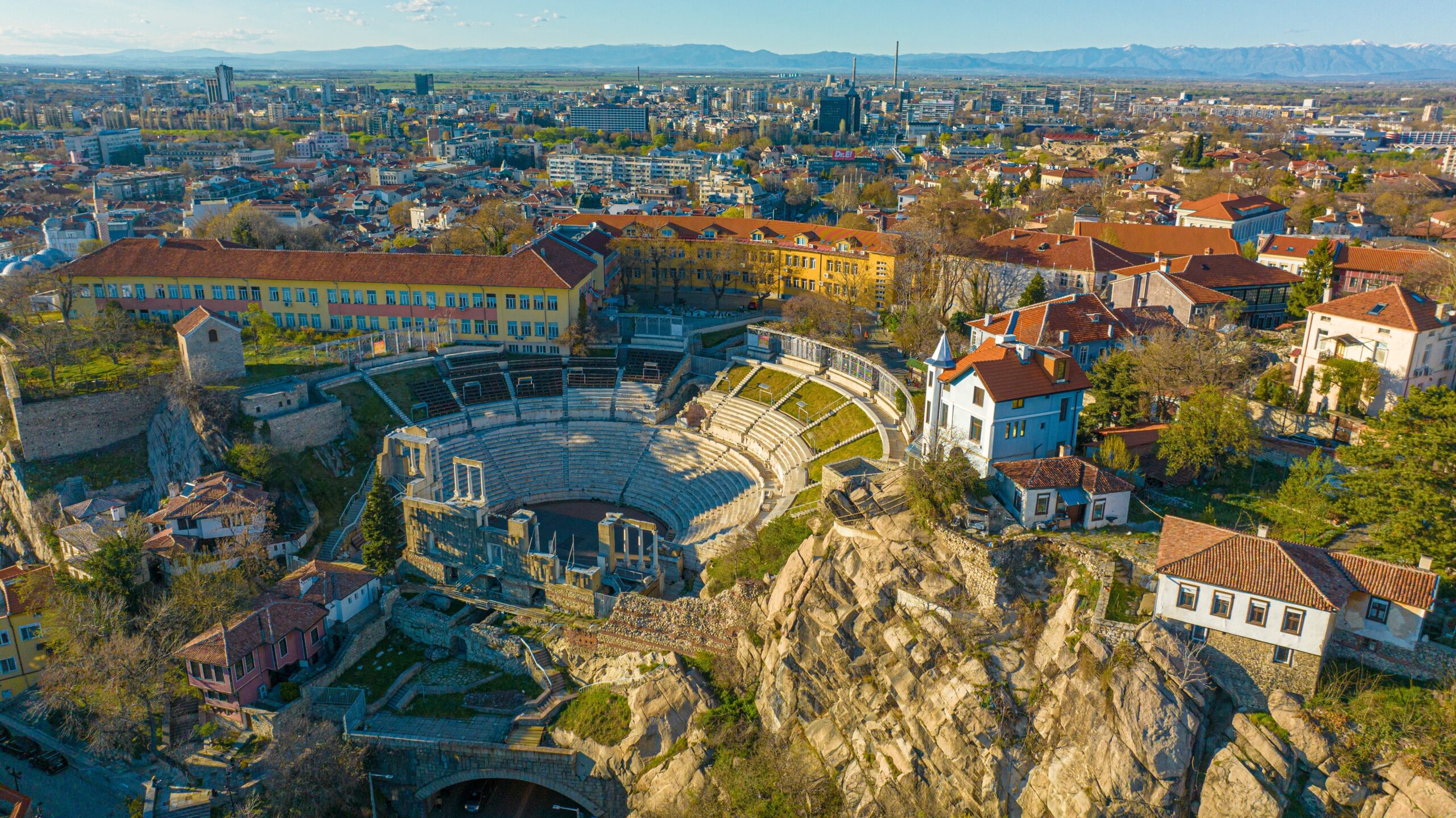
Plovdiv, Bulgaria, is one of Europe’s oldest continuously inhabited cities, offering a rich tapestry of history, culture, and architectural beauty that remains surprisingly underexplored. Situated in southern Bulgaria, Plovdiv’s Old Town is a marvel of preserved history, where Roman, Ottoman, and Bulgarian Revival architecture stand side by side. The city’s most iconic landmark, the Roman Theatre, is one of the best-preserved ancient theaters in the world and still hosts performances today. The cobblestone streets of Old Town lead visitors past colorful 19th-century mansions, each with its own story and unique charm. Plovdiv’s cultural scene is vibrant, with numerous galleries, museums, and festivals that celebrate the city’s artistic heritage. The city was even designated as a European Capital of Culture in 2019, yet it remains off the beaten path for many international tourists. With its mix of ancient history, stunning architecture, and thriving cultural life, Plovdiv is a destination that offers a unique and enriching travel experience.
Masurian Lake District, Poland
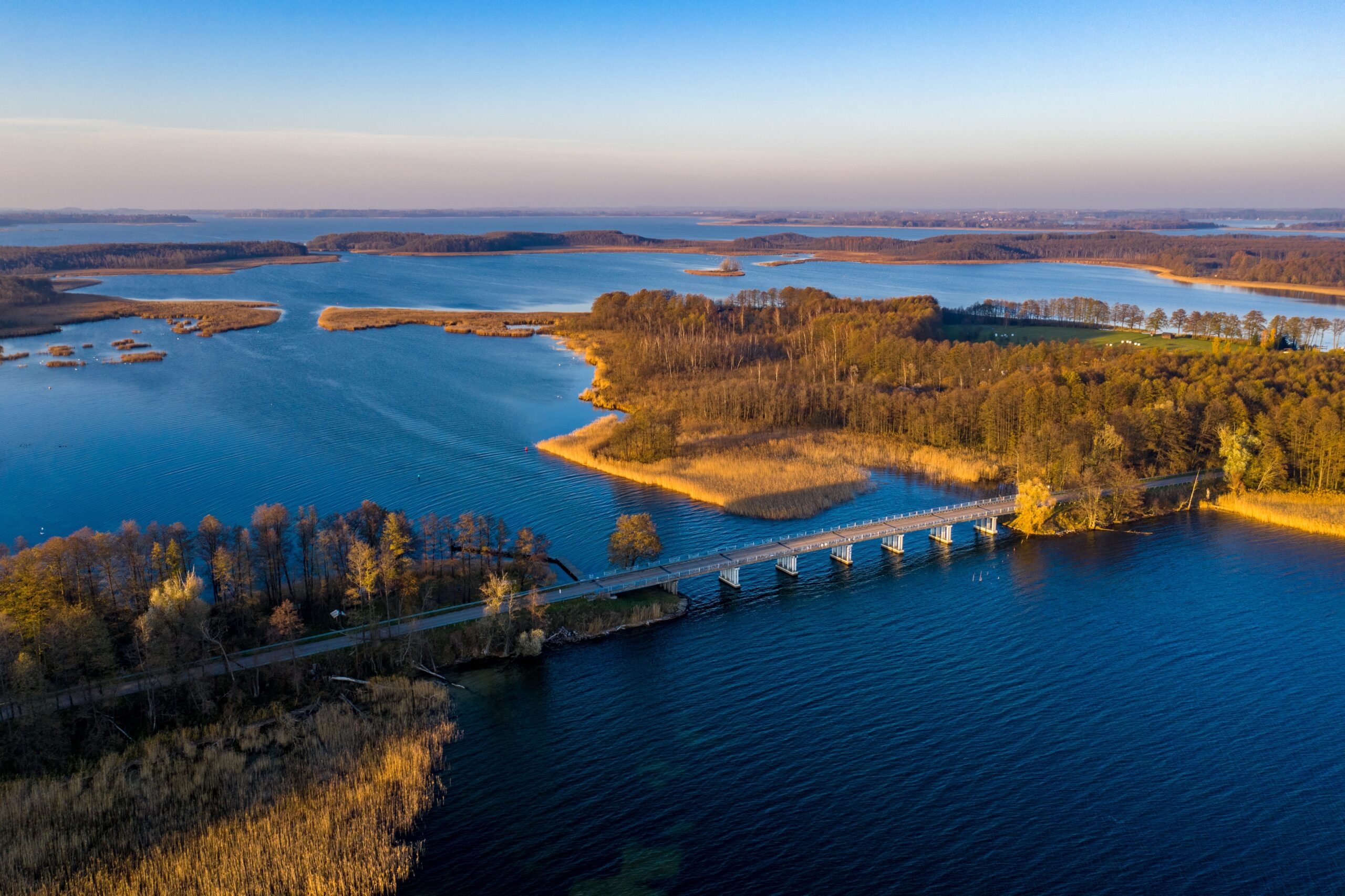
The Masurian Lake District in northeastern Poland is a paradise for nature lovers and outdoor enthusiasts, yet it remains one of Eastern Europe’s best-kept secrets. This stunning region, often referred to as the “Land of a Thousand Lakes,” is actually home to over 2,000 lakes, interconnected by rivers and canals, creating a vast network of waterways perfect for sailing, kayaking, and fishing. The area is also a UNESCO-recognized biosphere reserve, known for its pristine natural environment and diverse flora and fauna. In addition to its natural beauty, the Masurian Lake District is dotted with charming villages and small towns that offer a glimpse into traditional Polish life. The region’s history is also fascinating, with sites like the Wolf’s Lair, the hidden bunker complex that served as Hitler’s headquarters during World War II. Despite its incredible offerings, the Masurian Lake District remains relatively undiscovered by international tourists, making it an ideal destination for those seeking tranquility, natural beauty, and a rich cultural experience.
Tokaj Wine Region, Hungary
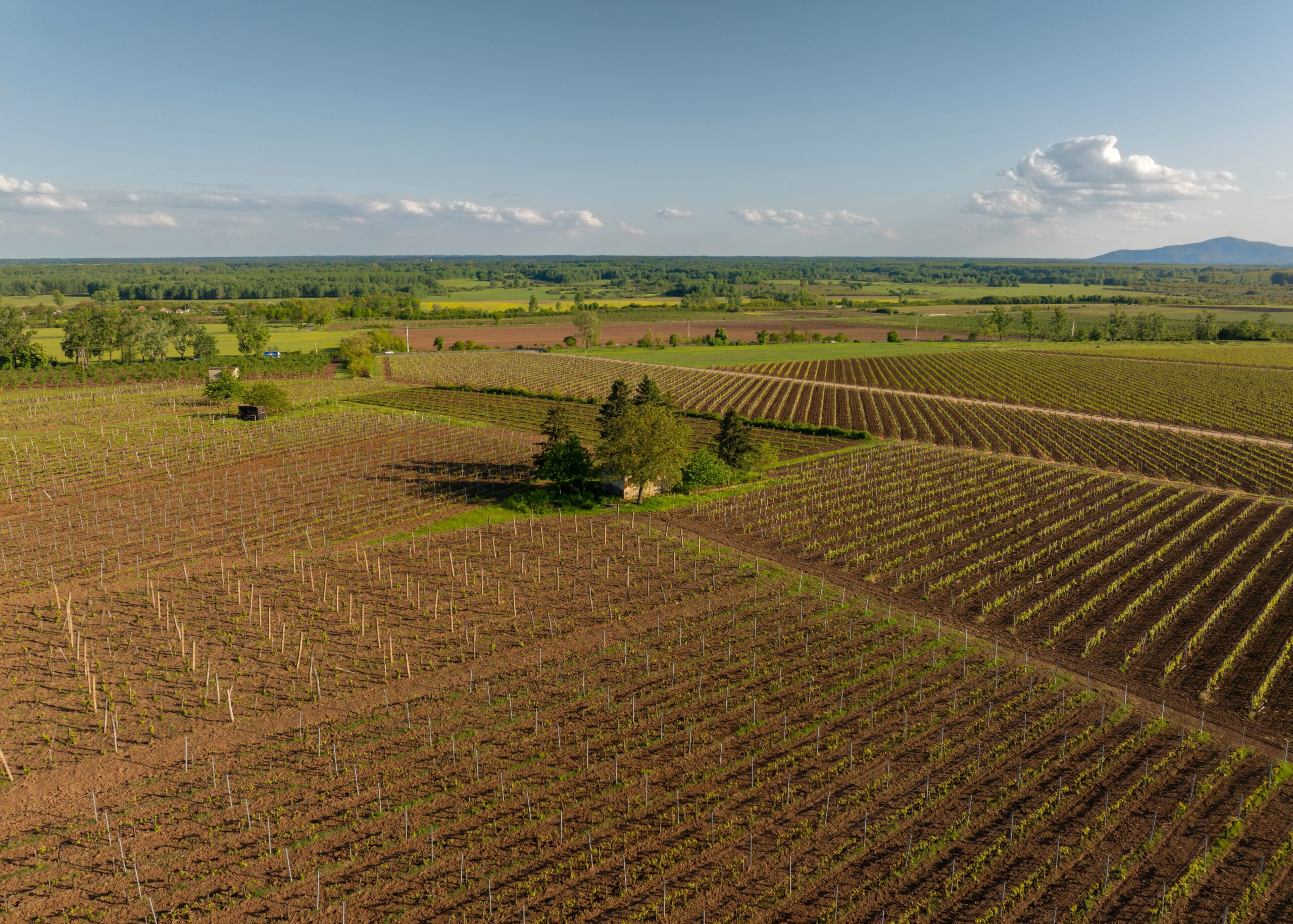
The Tokaj Wine Region in northeastern Hungary is a place of historical and cultural significance, yet it remains one of Eastern Europe’s most unexplored treasures. This region is renowned for producing Tokaji, a sweet dessert wine that has been enjoyed by royalty and connoisseurs for centuries. In fact, Tokaj was the first wine region in the world to receive a “designation of origin” protection, predating even Champagne and Bordeaux. The region’s vineyards are set against a backdrop of rolling hills, medieval castles, and picturesque villages, offering a romantic and serene setting for wine lovers. The cellars carved into volcanic rock are a unique feature of the region, providing the perfect environment for aging these exquisite wines. Visitors can explore the vineyards, participate in wine tastings, and learn about the rich history and traditions of Tokaji wine production. Despite its historical importance and the quality of its wines, the Tokaj Wine Region is often overshadowed by more famous wine regions in Western Europe, making it a hidden gem for those seeking an authentic and unforgettable wine experience.
Sofia, Bulgaria
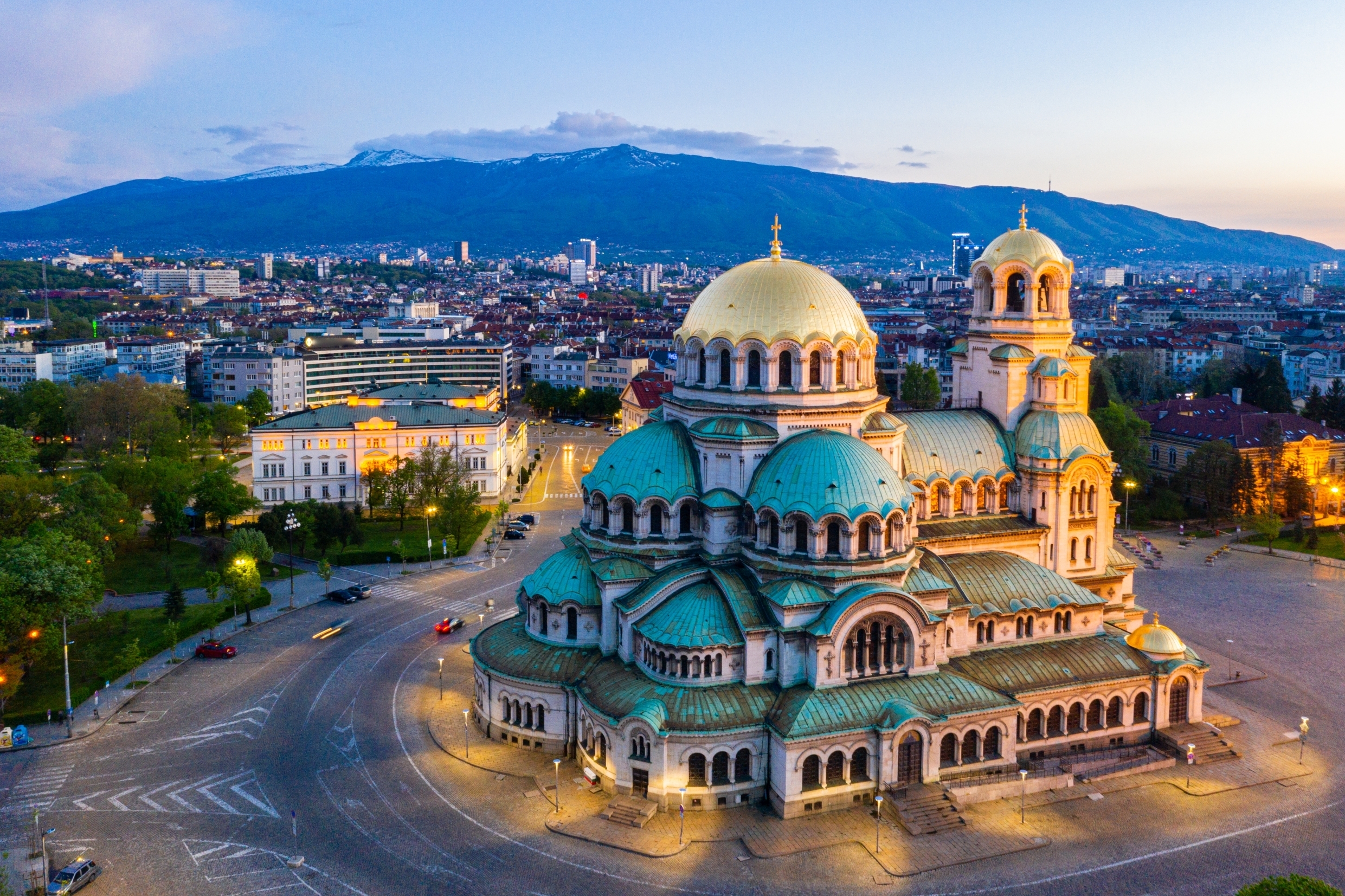
Sofia, Bulgaria’s capital, is a city where history and modernity coexist in a unique and fascinating way, yet it remains one of the least explored capitals in Europe. The city’s rich history is evident in its diverse architecture, which includes remnants of Roman ruins, Ottoman mosques, and grand Orthodox cathedrals. Sofia’s city center is a microcosm of this diversity, where you can find a mosque, a synagogue, a Catholic cathedral, and an Orthodox church all within walking distance of each other, reflecting the city’s multicultural heritage. One of Sofia’s most distinctive features is its unusual yellow paving stones, which give the city’s main boulevard a charming, almost fairy-tale-like quality. Despite its long and storied past, Sofia is also a vibrant, modern city with a burgeoning arts scene, trendy cafes, and a lively nightlife. The city’s affordability, coupled with its rich cultural offerings and proximity to the stunning Vitosha Mountain, makes Sofia a destination that offers something for everyone, yet it remains largely unexplored by international tourists.
Ljubljana, Slovenia
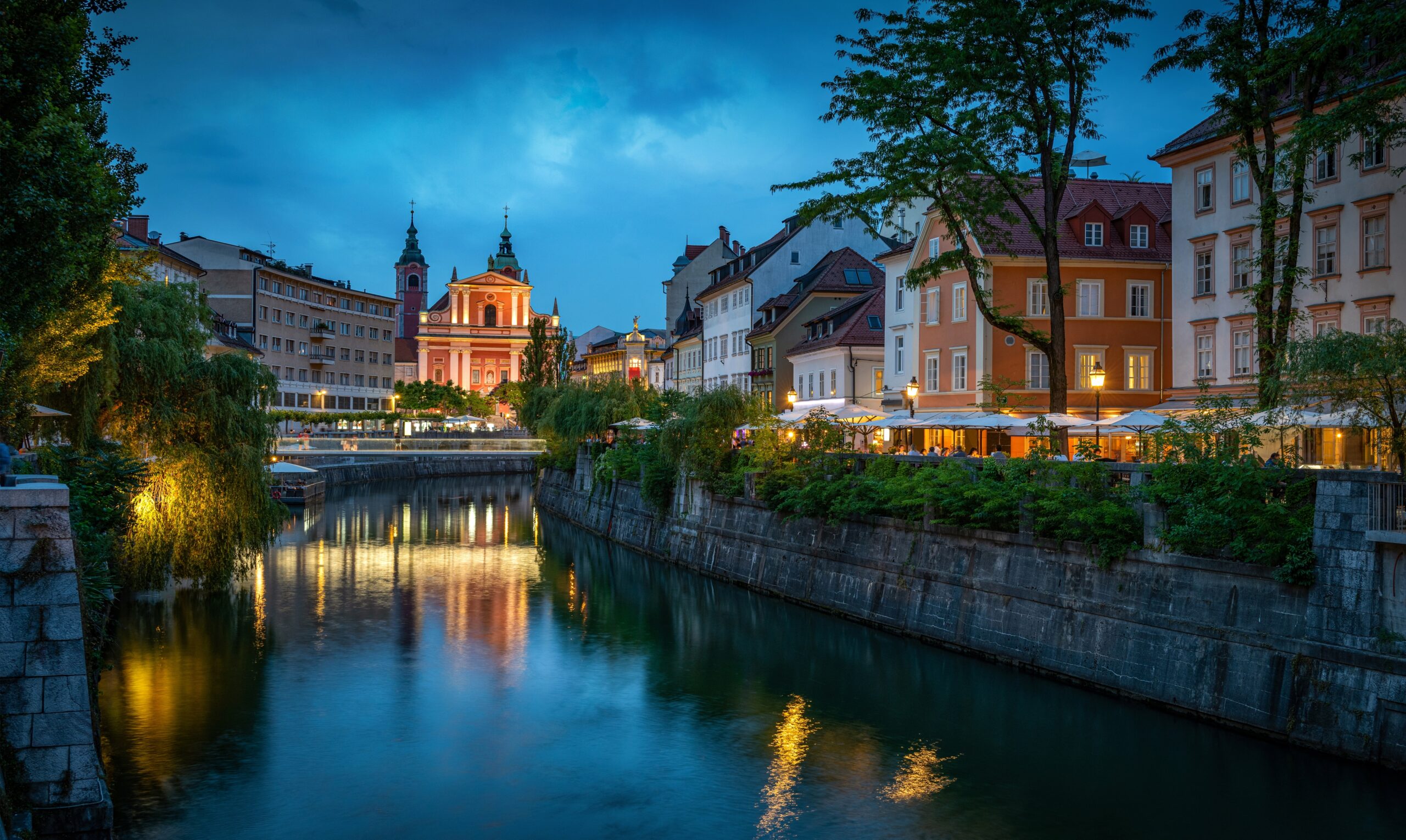
Ljubljana, the capital of Slovenia, is a city that perfectly blends the charm of a small town with the cultural offerings of a larger metropolis, yet it remains one of Europe’s most underexplored capitals. The city’s compact size and pedestrian-friendly streets make it easy to explore on foot, allowing visitors to fully appreciate its well-preserved medieval architecture, leafy parks, and vibrant riverfront. Ljubljana’s Old Town is a maze of narrow streets, charming squares, and colorful baroque buildings, all watched over by the imposing Ljubljana Castle, which offers panoramic views of the city and the surrounding mountains. What sets Ljubljana apart from other European capitals is its commitment to sustainability; the city center is largely car-free, and green spaces are abundant. The Ljubljanica River, which flows through the heart of the city, is lined with cafes and restaurants, offering a picturesque setting for a leisurely meal or a cup of coffee. Despite its many attractions, Ljubljana remains a relatively undiscovered gem, offering a peaceful and authentic experience in the heart of Europe.
Riga, Latvia
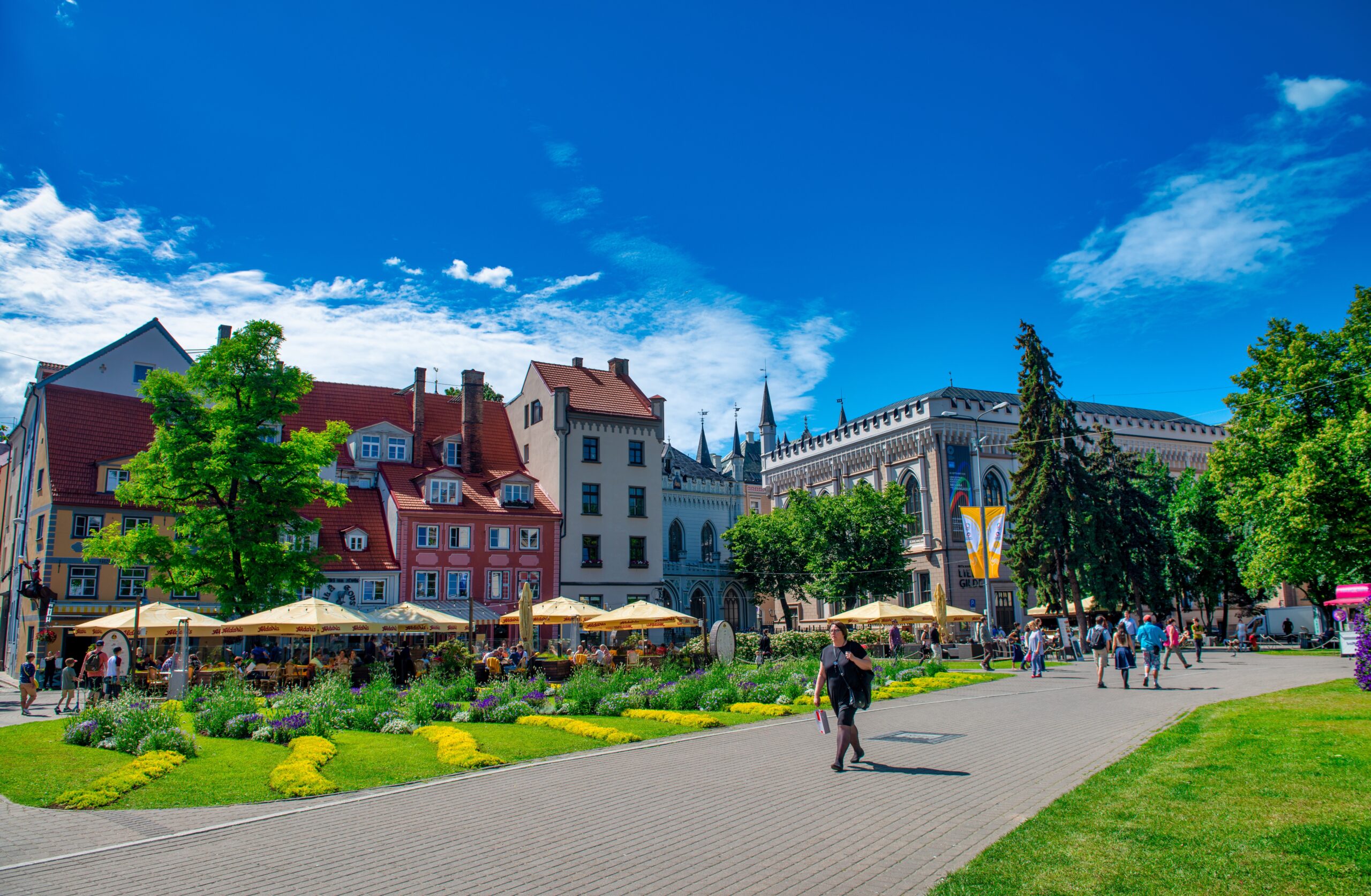
Riga, the capital of Latvia, is a city of architectural marvels and cultural depth, yet it remains one of the most underappreciated destinations in Eastern Europe. The city’s historic center, a UNESCO World Heritage site, is a showcase of Art Nouveau architecture, with over a third of the buildings in the Central District designed in this ornate and intricate style. Visitors can spend hours marveling at the elaborate facades, each one more detailed than the last. In addition to its architectural beauty, Riga is a city with a rich cultural scene, boasting numerous museums, galleries, and theaters. The city’s Central Market, housed in former zeppelin hangars, is the largest covered market in Europe and offers a fascinating glimpse into Latvian food and culture. Despite its cultural riches, Riga is often overlooked in favor of more famous Baltic cities, making it a hidden gem for those seeking a blend of history, culture, and unique architectural beauty.
Tartu, Estonia
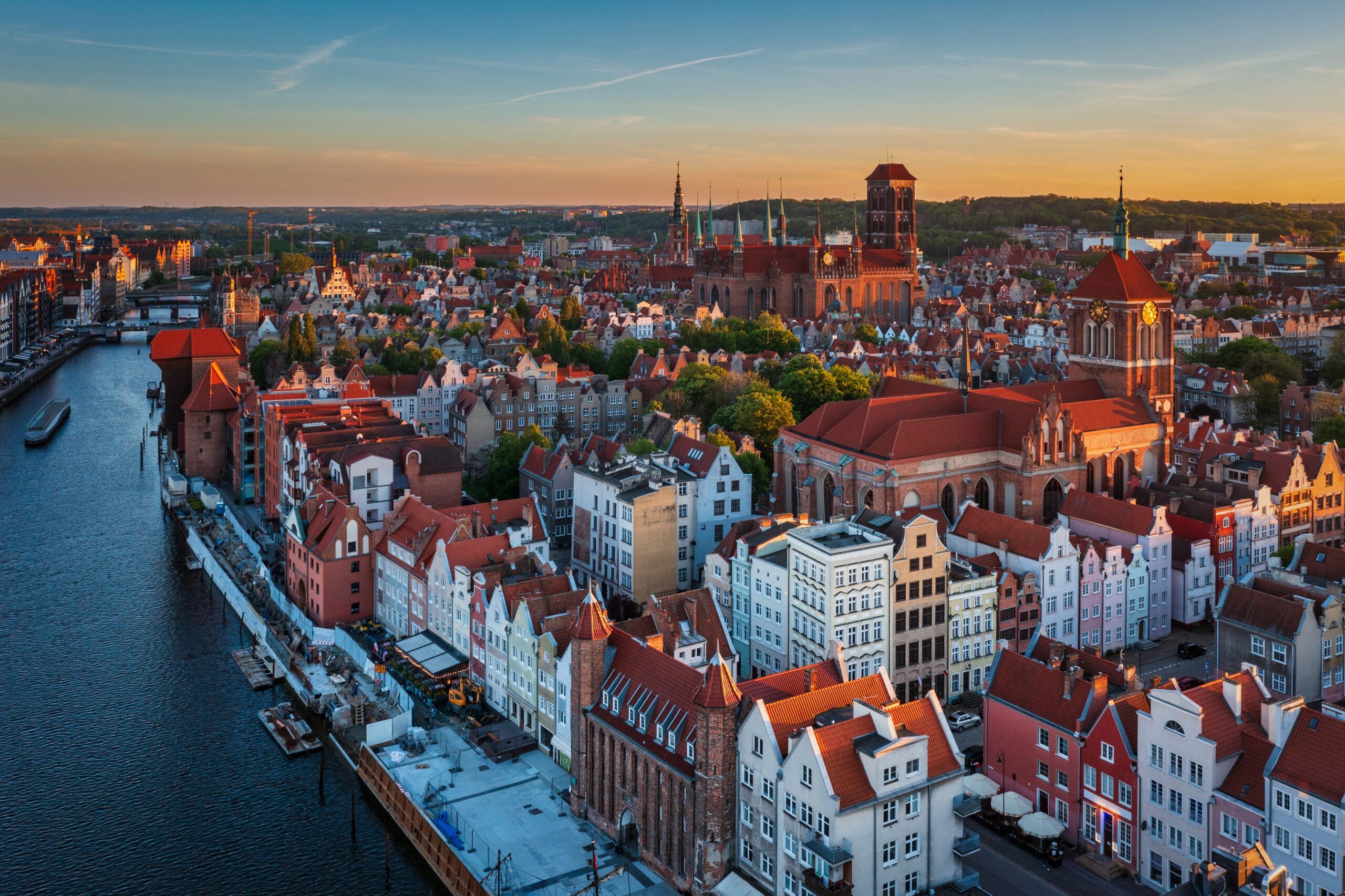
Tartu, Estonia’s second-largest city, is a charming and intellectual hub that remains largely unexplored by tourists. Known as the intellectual capital of Estonia, Tartu is home to the country’s oldest and most prestigious university, the University of Tartu, which has been a center of learning and culture since its founding in 1632. The city’s compact size and pedestrian-friendly streets make it easy to explore on foot, with many of the main attractions located within walking distance of each other. Toomemägi, a park located on a hill overlooking the city, is a peaceful retreat where visitors can explore historical buildings, including the ruins of a medieval cathedral and the university’s observatory. Tartu’s cultural scene is vibrant, with numerous museums, galleries, and theaters, as well as a lively calendar of festivals and events. The city’s blend of history, culture, and natural beauty, combined with its relaxed, welcoming atmosphere, makes Tartu a perfect destination for those looking to explore a less-known, but culturally rich, part of Eastern Europe.
Gdansk, Poland
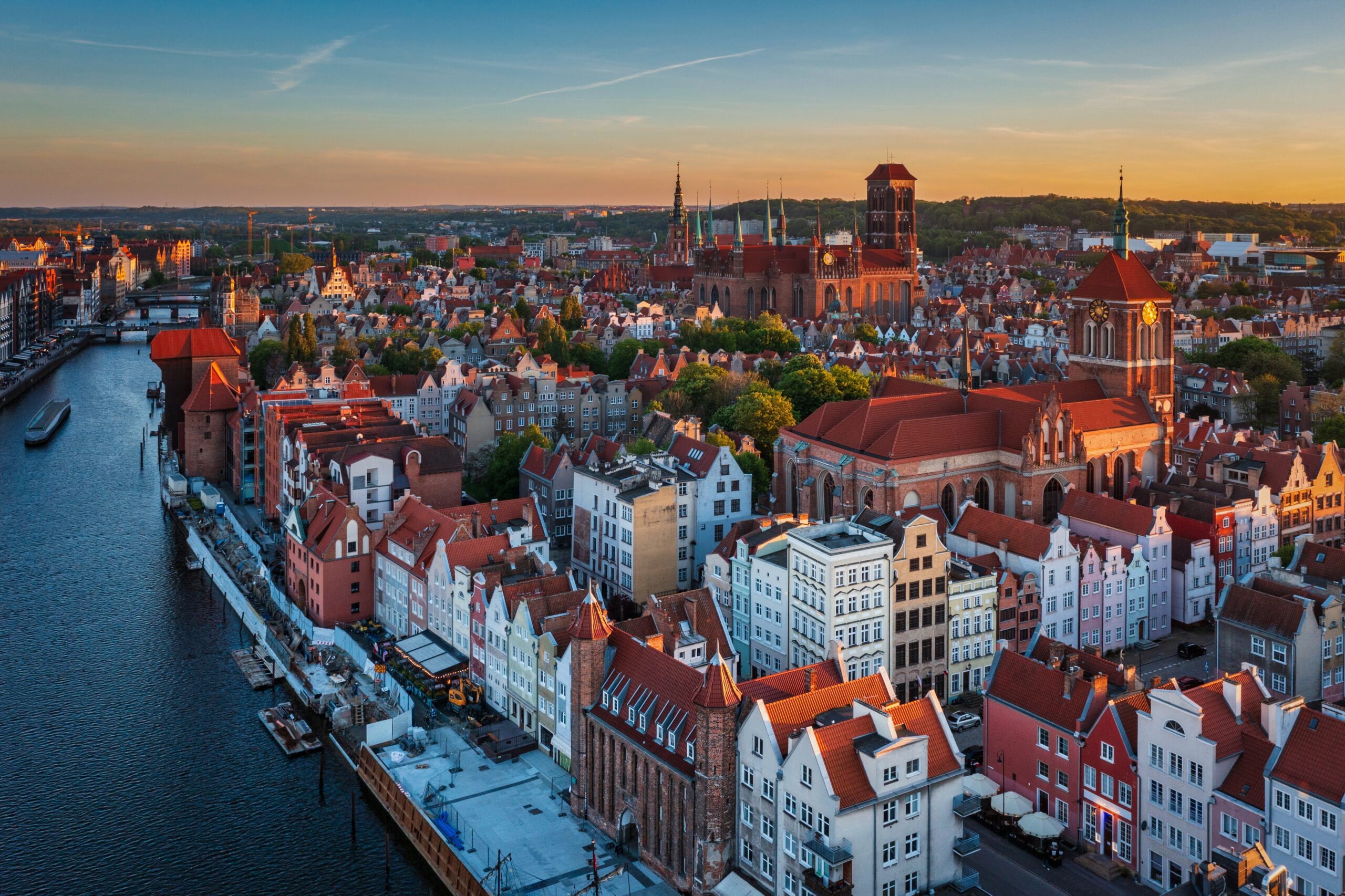
Gdansk, located on the Baltic coast of Poland, is a city with a rich history and stunning architecture that remains surprisingly underexplored by international tourists. The city’s Old Town is a marvel of Gothic, Renaissance, and Baroque architecture, with colorful facades, cobblestone streets, and impressive landmarks such as the towering St. Mary’s Church and the famous Neptune Fountain. Gdansk’s history as a major port and trading hub is evident in its grand merchant houses and historic shipyards, which played a key role in the Solidarity movement that eventually led to the fall of communism in Poland. The city’s European Solidarity Centre is a must-visit for those interested in modern history. Gdansk is also a gateway to the beautiful Baltic coast, where visitors can enjoy a range of outdoor activities, from sailing and windsurfing to exploring the nearby beaches and dunes. Despite its historical significance and natural beauty, Gdansk remains relatively undiscovered, offering a unique and authentic travel experience in Poland.
Kotor, Montenegro
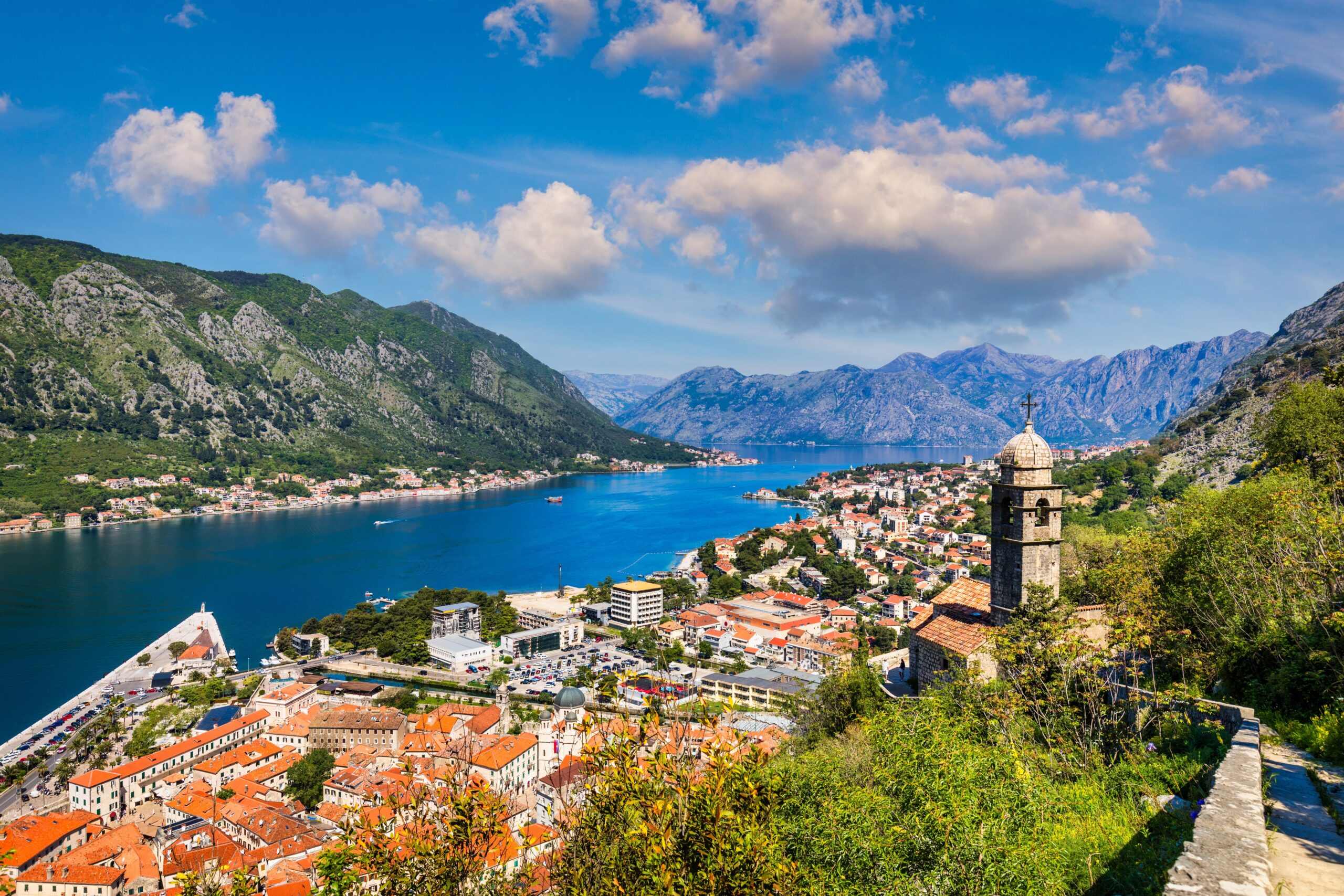
Kotor, a small town nestled between the mountains and the Adriatic Sea in Montenegro, is a hidden gem that offers a perfect blend of history, culture, and natural beauty. The town’s Old City is a UNESCO World Heritage site, renowned for its well-preserved medieval architecture, winding streets, and atmospheric squares. Visitors can explore the ancient city walls, climb to the top of the fortress for breathtaking views of the Bay of Kotor, and visit the many churches and palaces that dot the town. Kotor’s unique location at the head of a deep bay surrounded by towering cliffs makes it one of the most picturesque spots in the Balkans. Despite its stunning beauty and rich history, Kotor remains relatively undiscovered by the masses, making it an ideal destination for those seeking an off-the-beaten-path experience in Eastern Europe. The town also hosts a number of cultural events throughout the year, including the Kotor Carnival and the Summer Theatre Festival, which showcase the local culture and traditions.
Durmitor National Park, Montenegro
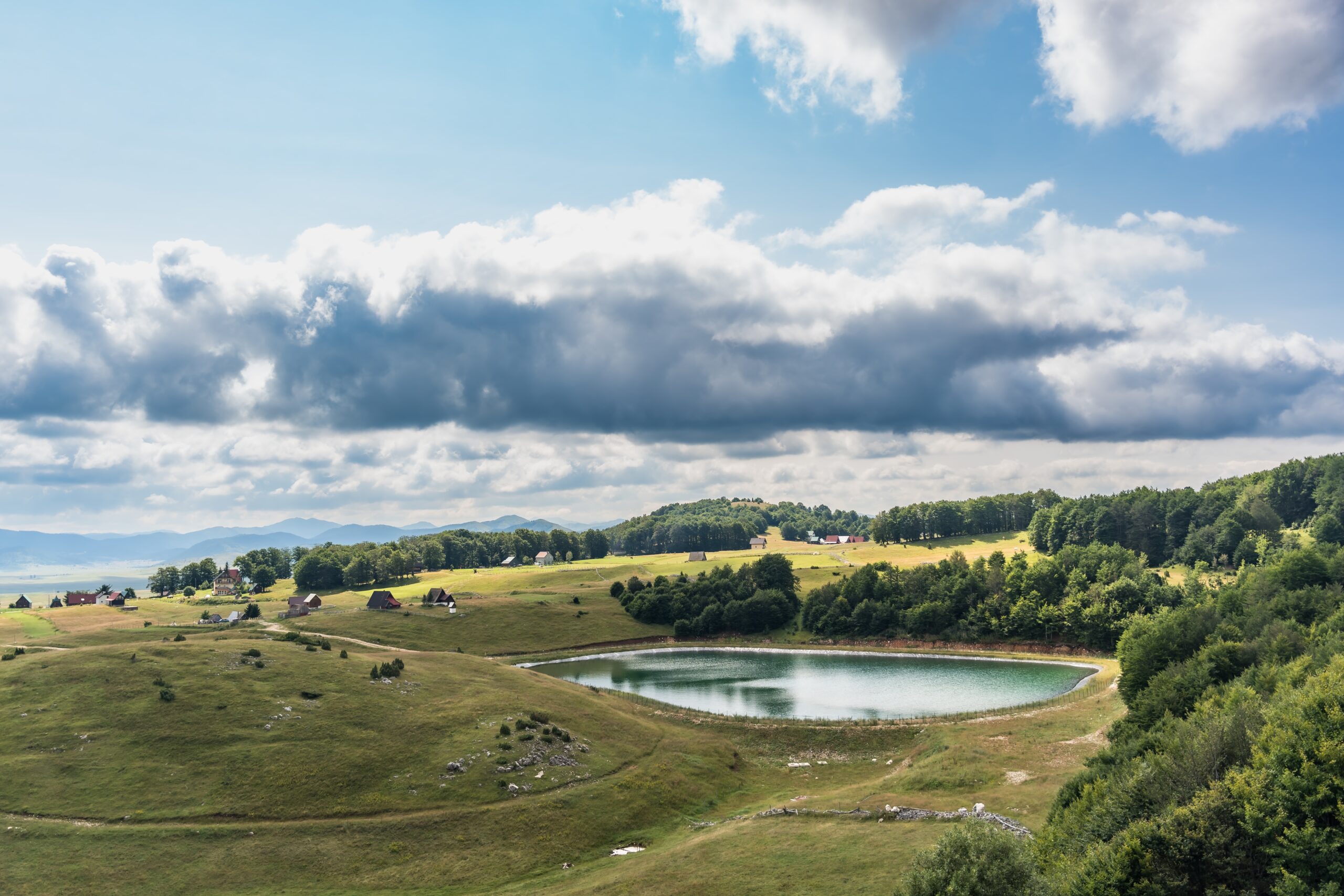
Durmitor National Park in Montenegro is a breathtaking natural wonder that remains one of Eastern Europe’s best-kept secrets. The park is home to some of the most spectacular mountain landscapes in the region, with towering peaks, deep canyons, and crystal-clear glacial lakes. The Tara River Canyon, the deepest in Europe, is a highlight of the park and offers thrilling opportunities for white-water rafting and canyoning. Durmitor is also a paradise for hikers, with trails that lead through dense forests, across alpine meadows, and up to panoramic viewpoints that offer stunning vistas of the surrounding mountains. In addition to its natural beauty, Durmitor is home to traditional Montenegrin villages where visitors can experience the local culture and hospitality. The park’s relative remoteness and lack of commercialization make it an ideal destination for those seeking a peaceful and unspoiled natural environment. Despite its many attractions, Durmitor National Park remains relatively unexplored, offering a unique and unforgettable experience for nature lovers and adventurers alike.
Vilnius, Lithuania
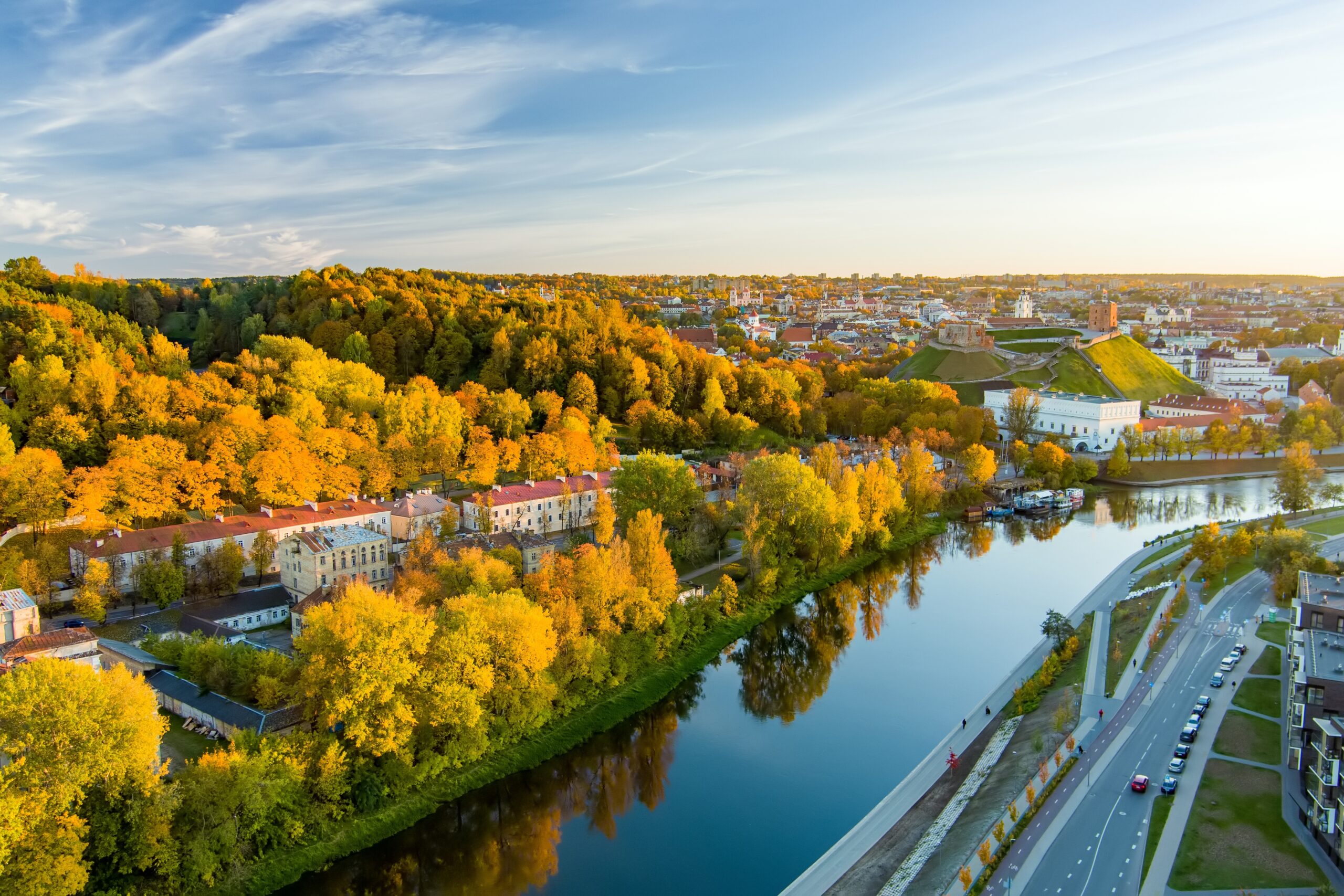
Vilnius, the capital of Lithuania, is a city of stunning architecture, rich history, and a vibrant cultural scene, yet it remains one of Europe’s most underrated destinations. The city’s Old Town, a UNESCO World Heritage site, is a maze of narrow, winding streets, baroque churches, and colorful buildings that reflect the city’s diverse cultural influences. Visitors can explore landmarks such as the Vilnius Cathedral, the Gothic-style St. Anne’s Church, and the Gediminas Tower, which offers panoramic views of the city. Vilnius is also a city of green spaces, with numerous parks and gardens providing a peaceful retreat from the bustling city streets. The city’s cultural scene is lively, with a calendar full of festivals, concerts, and exhibitions that showcase the best of Lithuanian art and culture. Despite its many attractions, Vilnius remains relatively unexplored, offering a quieter and more authentic experience compared to Europe’s more famous capitals. The city’s blend of history, culture, and natural beauty makes it a perfect destination for those looking to discover a hidden gem in Eastern Europe.
This article originally appeared on Rarest.org.
More from Rarest.org
Throughout history, scientific advancements have often been attributed to a select few, overshadowing many other brilliant minds whose contributions have been just as groundbreaking. Read more.
Transforming your home into a lush, vibrant oasis is easier than you might think with the right selection of tropical plants. Read more.
Every day, countless species around the world inch closer to extinction, many of which are crucial to the health of their ecosystems. Read more.


